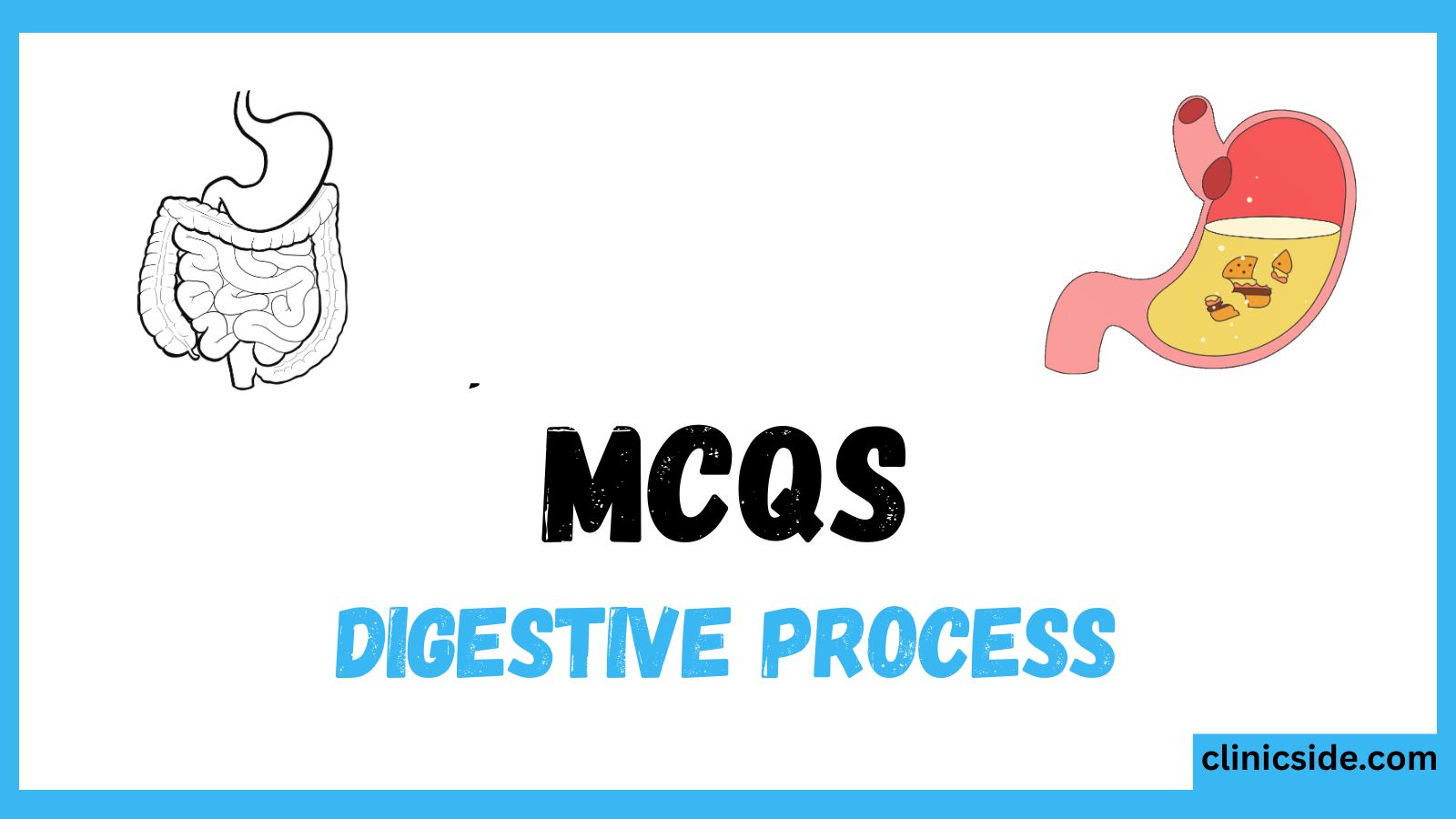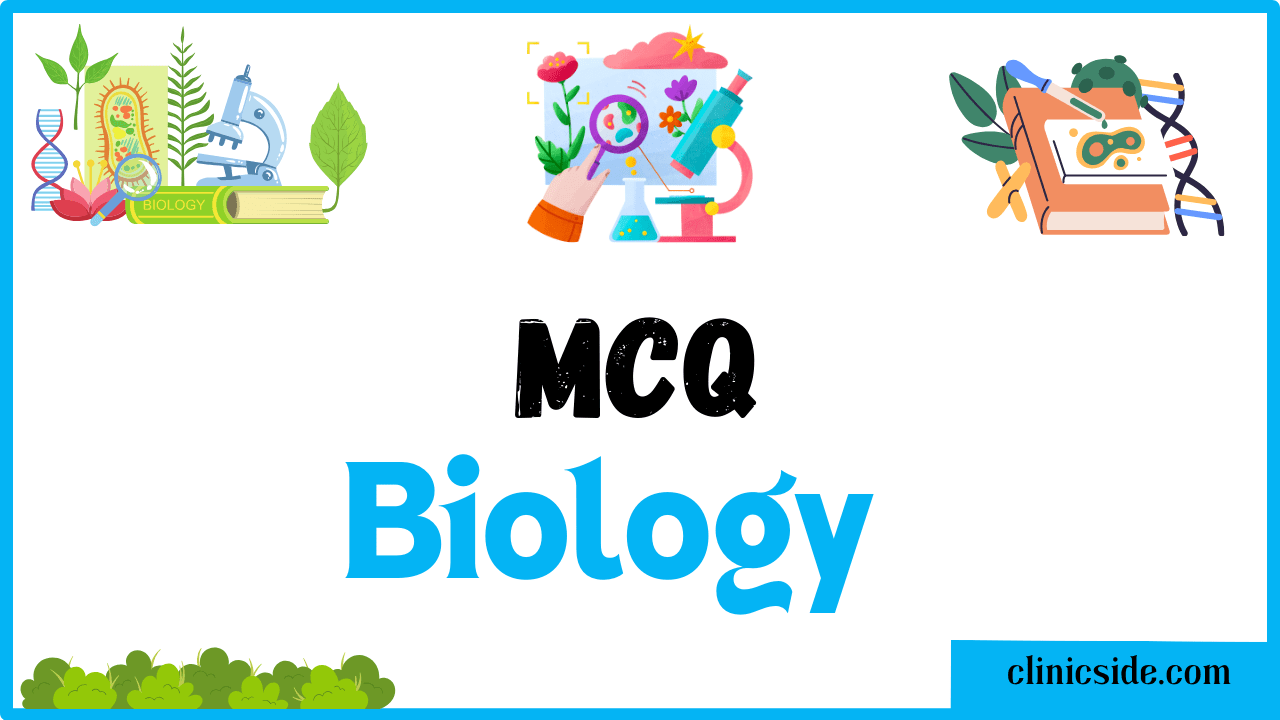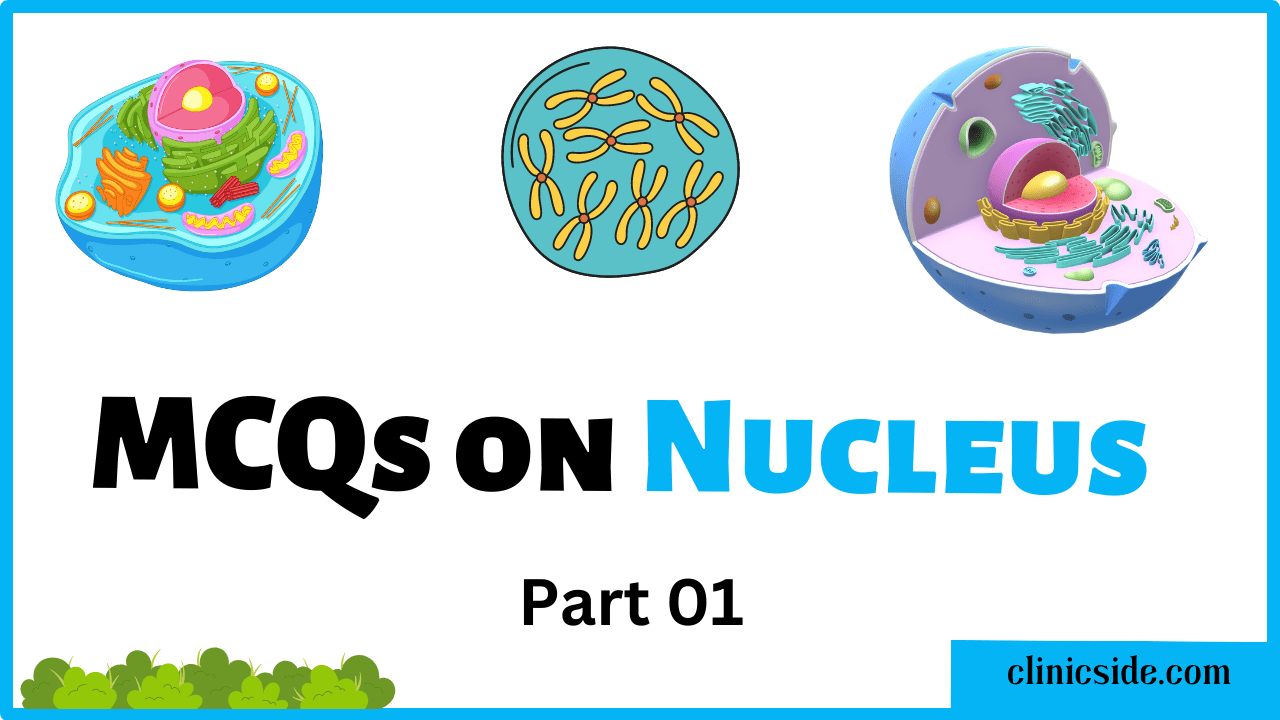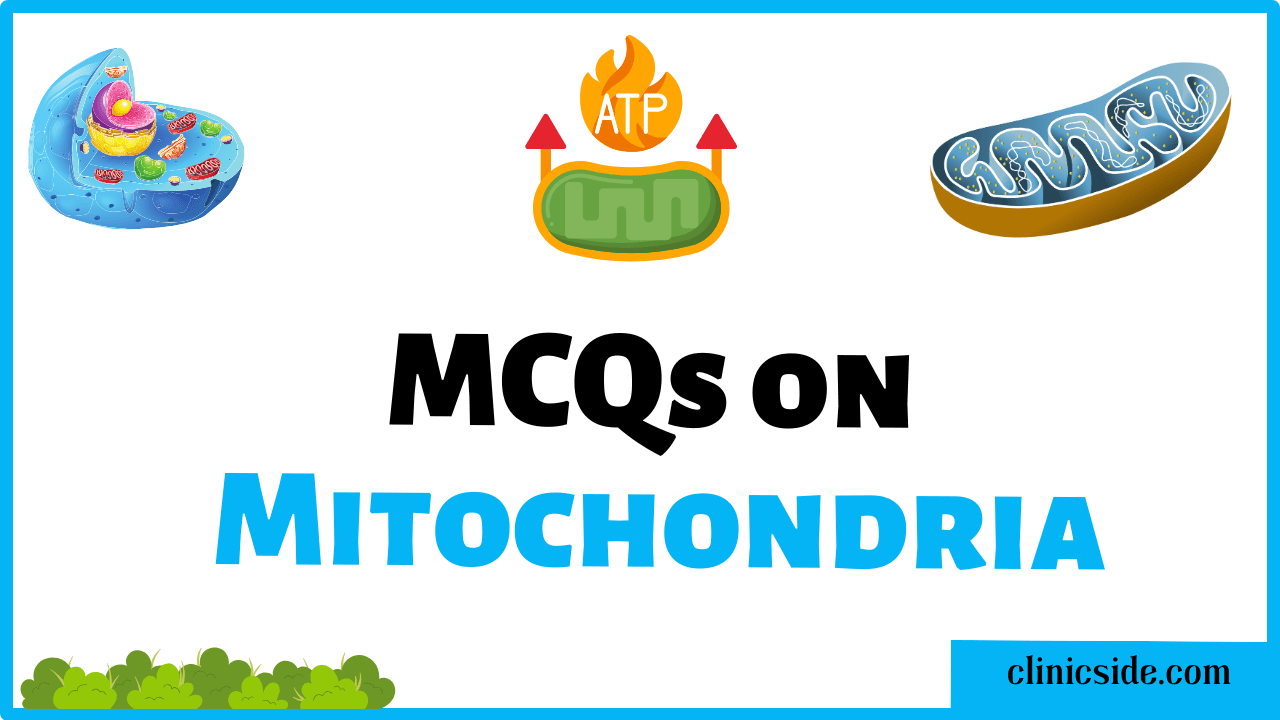The digestive process is one of the most essential functions in the human body. It allows our bodies to break down the food we eat, absorb nutrients, and remove waste. Whether you’re munching on an apple or enjoying a sandwich, your body undergoes a complex series of steps to transform food into usable energy.
Quiz
Available options: 1 to 20
In this article, we’ll explore each stage of the digestive process: Ingestion, Digestion, Absorption, Assimilation, and Egestion. Let’s break it down step-by-step for easy understanding!
1. Ingestion – The Start of the Digestive Process
Ingestion is the very first step in the digestive process. It involves the intake of food through the mouth.
- When we chew, food is broken into smaller pieces by the teeth.
- Saliva from salivary glands begins the chemical breakdown of carbohydrates.
- The tongue pushes the food into the esophagus for the next stage.
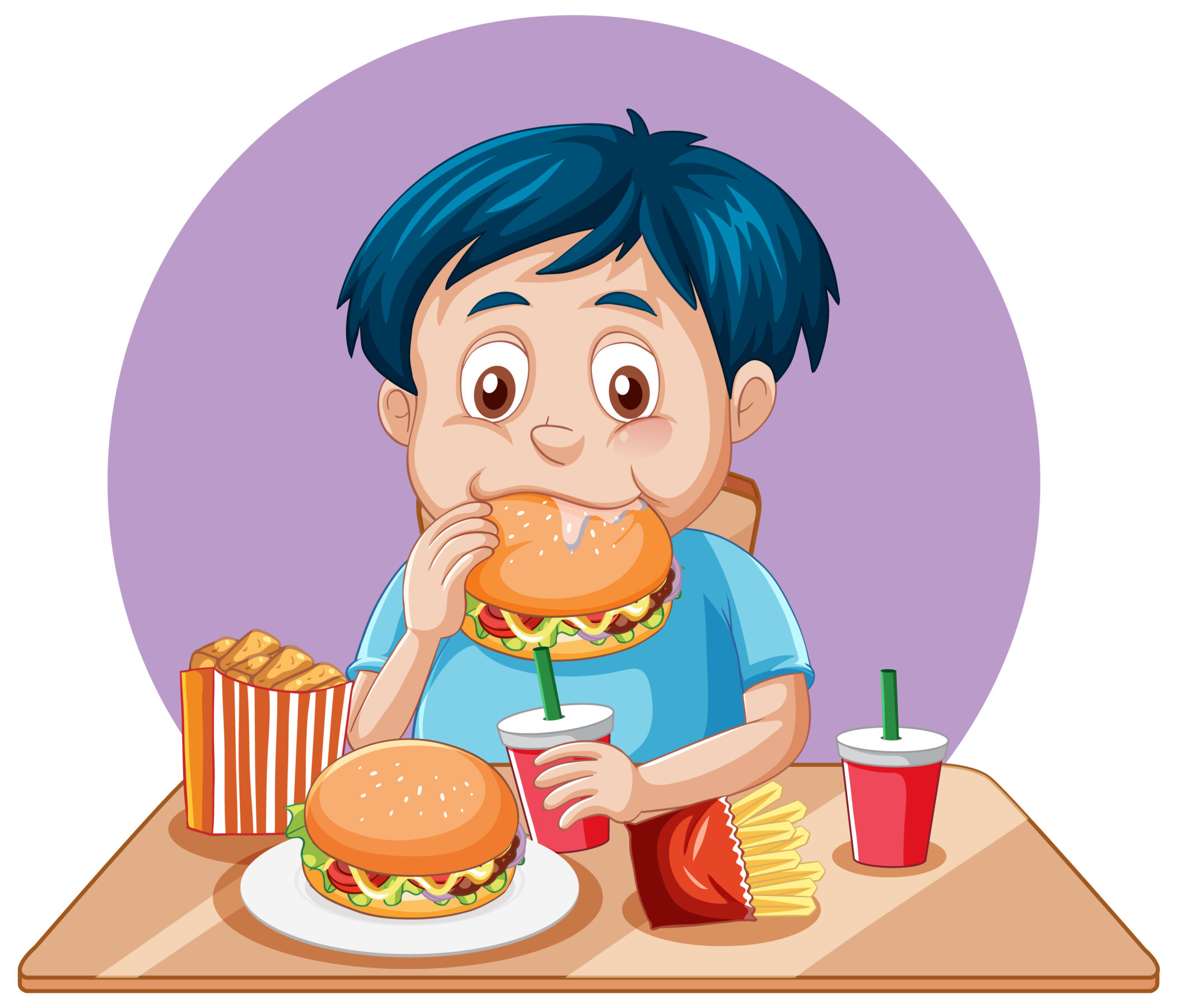
2. Digestion – Breaking Down Food
Digestion is the second major step in the digestive process, where complex food molecules are broken into simpler, absorbable forms.
- Mechanical digestion happens in the mouth and stomach (e.g., chewing, churning).
- Chemical digestion occurs via enzymes in saliva, gastric juice, and intestinal fluids.
- The stomach mixes food with acids and enzymes, turning it into a semi-liquid called chyme.
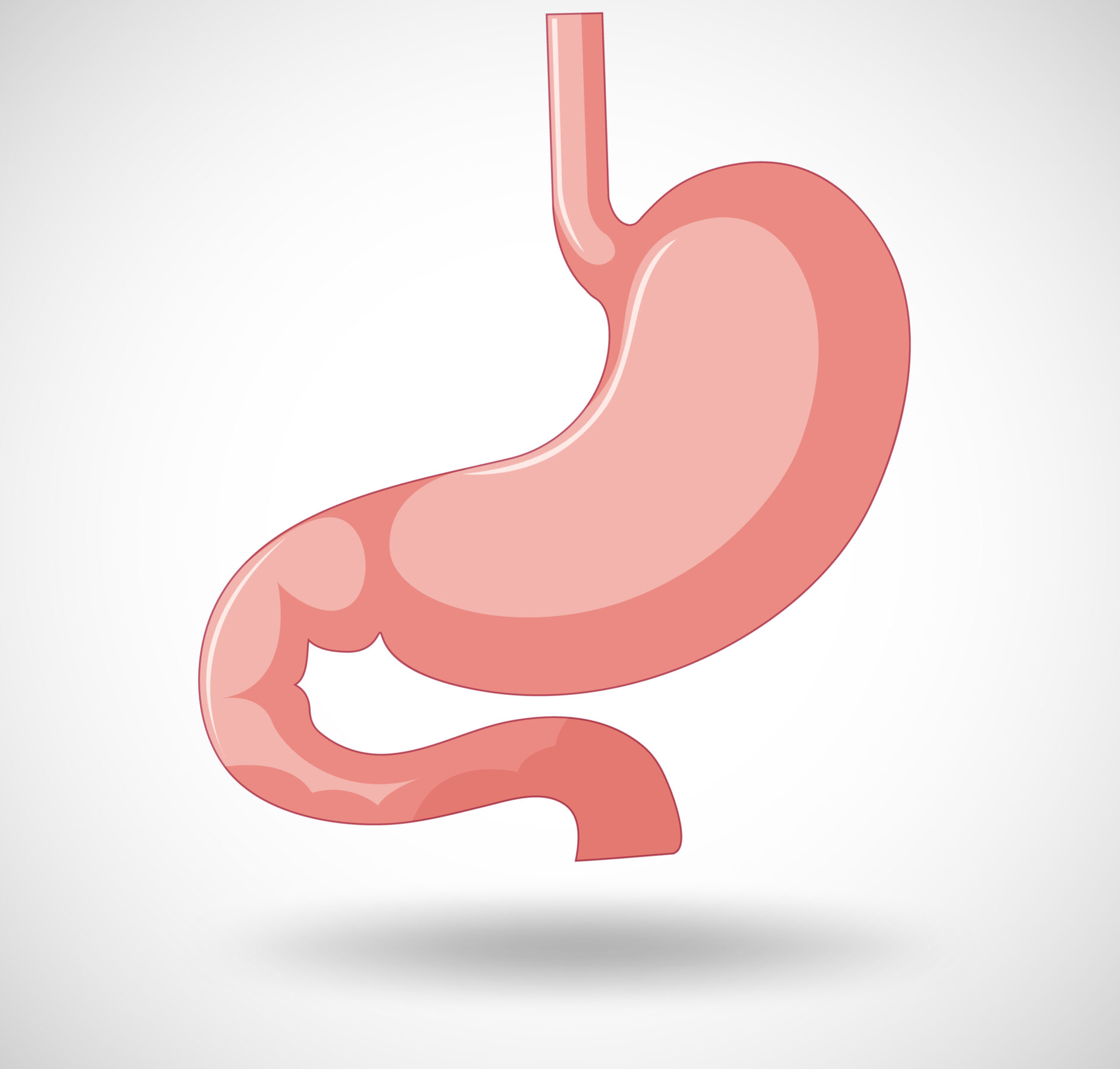
3. Absorption – Nutrients Enter the Blood
Absorption is where the magic of the digestive process happens. This stage occurs mostly in the small intestine, specifically the villi (tiny finger-like structures).
- Nutrients like glucose, amino acids, and vitamins pass into the bloodstream.
- Water and minerals are also absorbed in the large intestine.
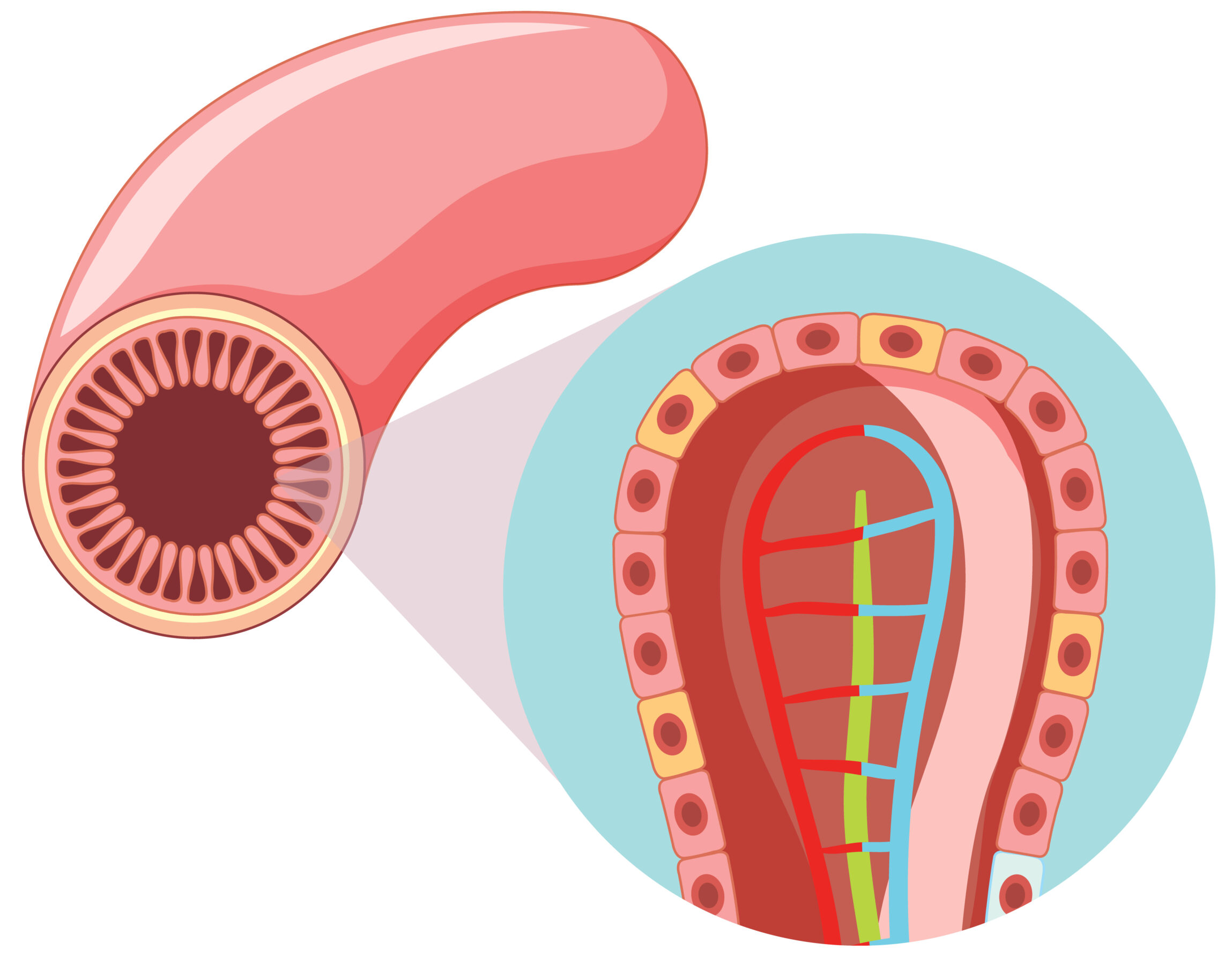
4. Assimilation – Nutrients Put to Work
Assimilation is the process where absorbed nutrients are used by the body for growth, energy, and repair.
- Glucose provides energy for cells.
- Proteins help build muscles and tissues.
- Fats are stored or used as energy.
The digestive process supports every system in the body, from the brain to the bones, through assimilation.

5. Egestion – Getting Rid of Waste
Not everything we eat is useful. Egestion is the final step in the digestive process, where undigested food and waste materials are removed from the body.
- This happens through the large intestine and rectum.
- Waste is expelled as feces through the anus.
Egestion is important for maintaining internal balance and preventing toxin buildup.
Summary of the Digestive Process
| Step | Function |
|---|---|
| Ingestion | Taking food into the mouth |
| Digestion | Breaking food into simpler forms |
| Absorption | Transferring nutrients to the blood |
| Assimilation | Using nutrients for body functions |
| Egestion | Removing undigested waste from the body |
The digestive process is a well-coordinated series of steps that help our body stay strong, energetic, and healthy. Understanding this process helps students appreciate the importance of nutrition, balanced diet, and hygiene.
Final Thoughts
Whether you’re a middle schooler or a biology student preparing for exams, knowing the digestive process gives you insight into how your body works every day.

